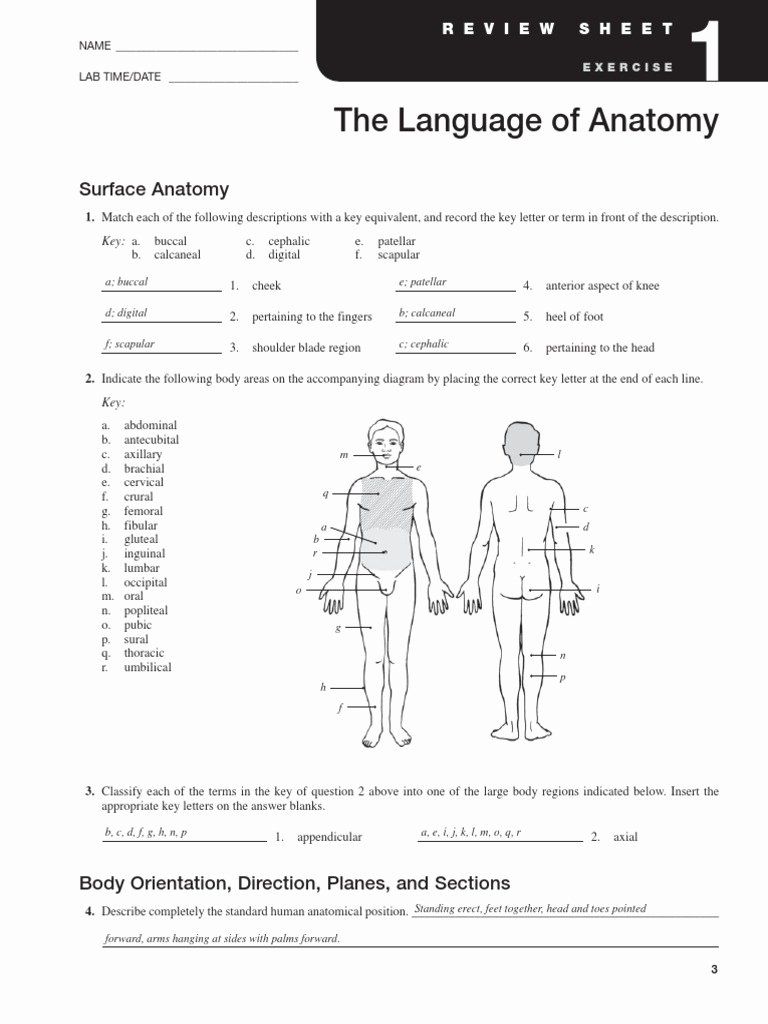5 Ways Remove Commas

Introduction to Removing Commas

When working with text data, whether it’s in a spreadsheet, a text editor, or a programming environment, you might encounter situations where you need to remove commas from a string or a set of data. Commas are often used as delimiters in lists or to separate values in data sets, but there are instances where you might want to eliminate them. This could be to clean up data for analysis, to prepare text for a specific format, or simply to remove unnecessary characters from a document. In this post, we’ll explore five different methods to remove commas, each applicable in different contexts or tools.
Method 1: Using Find and Replace in Text Editors

One of the simplest ways to remove commas is by using the find and replace feature in text editors like Microsoft Word, Google Docs, or any basic text editor. Here’s how you can do it: - Open your document in the text editor. - Press Ctrl + H (or Cmd + H on a Mac) to open the find and replace dialog. - In the “Find what” field, type a comma (,). - Leave the “Replace with” field blank. - Click “Replace All” to remove all commas from your document.
Method 2: Using Formulas in Spreadsheets
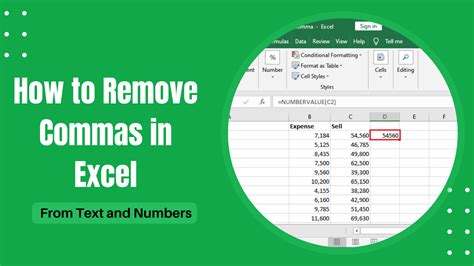
In spreadsheet applications like Microsoft Excel or Google Sheets, you can use formulas to remove commas from cells. The SUBSTITUTE function is particularly useful for this purpose. Here’s an example: - Assume you have a string with commas in cell A1. - In cell B1, you can use the formula:
=SUBSTITUTE(A1,",","")
- Press Enter, and the string without commas will appear in cell B1.
- You can then drag this formula down to apply it to other cells.
Method 3: Using Programming Languages

For those working with programming languages, removing commas can be accomplished with simple string manipulation functions. For example, in Python:
my_string = "Hello, World, this, is, a, test"
new_string = my_string.replace(",", "")
print(new_string)
This will output: Hello World this is a test
Similarly, in JavaScript:
let myString = "Hello, World, this, is, a, test";
let newString = myString.replace(/,/g, "");
console.log(newString);
This will also output: Hello World this is a test
Method 4: Using Regular Expressions
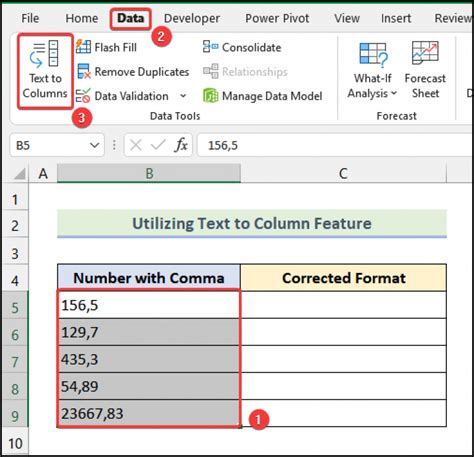
Regular expressions (regex) offer a powerful way to search and manipulate text patterns, including removing commas. The pattern to match a comma is simply
,. Here’s how you can use regex in Python:
import re
my_string = "Hello, World, this, is, a, test"
new_string = re.sub(",", "", my_string)
print(new_string)
And in JavaScript:
let myString = "Hello, World, this, is, a, test";
let newString = myString.replace(/,/g, "");
console.log(newString);
Both examples will remove all commas from the string.
Method 5: Using Online Tools
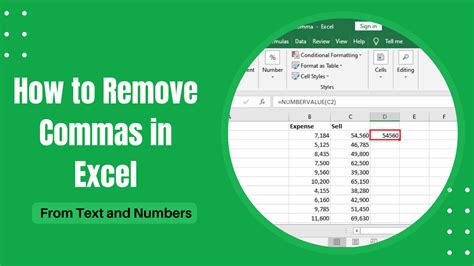
For one-time tasks or when you don’t have access to specific software, online tools can be a quick solution. There are numerous websites that offer text manipulation services, including removing commas. You simply copy your text into the input box, select the operation (in this case, removing commas), and the tool will generate the output without commas.
👉 Note: When using online tools, be cautious with sensitive or confidential data, as you're sharing it with third-party services.
Comparison of Methods
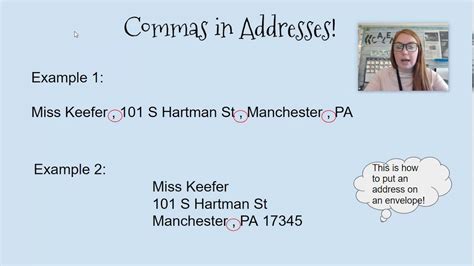
Each method has its own advantages and is suited for different scenarios: - Text Editors: Great for simple documents. - Spreadsheets: Ideal for data analysis and manipulation. - Programming Languages: Offers flexibility and power for complex tasks. - Regular Expressions: Useful for pattern matching and replacement. - Online Tools: Convenient for quick, one-time tasks.
| Method | Description | Suitable For |
|---|---|---|
| Text Editors | Find and Replace feature | Simple documents |
| Spreadsheets | Using formulas like SUBSTITUTE | Data analysis |
| Programming Languages | String manipulation functions | Complex tasks, automation |
| Regular Expressions | Pattern matching and replacement | Advanced text manipulation |
| Online Tools | Quick text manipulation | One-time tasks, convenience |
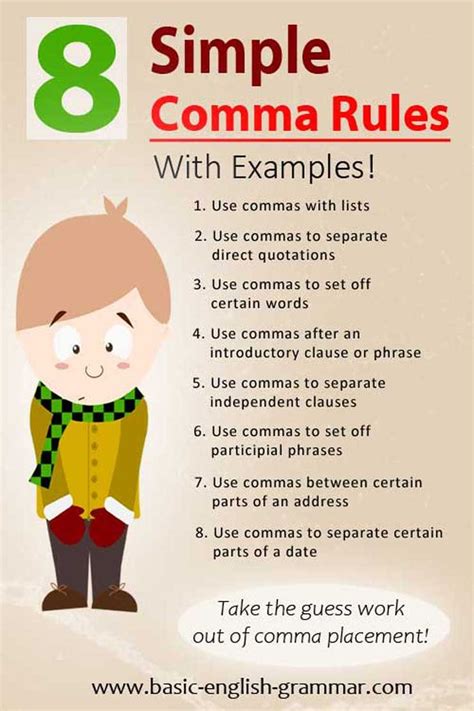
In summary, the choice of method to remove commas depends on the context, the tools at your disposal, and the complexity of the task. Whether you’re working with documents, spreadsheets, programming languages, or simply looking for a quick fix, there’s a method suited for your needs. By understanding and applying these methods, you can efficiently remove commas and achieve your goals, whether it’s for data cleaning, text formatting, or any other purpose.
What is the easiest way to remove commas from a string?
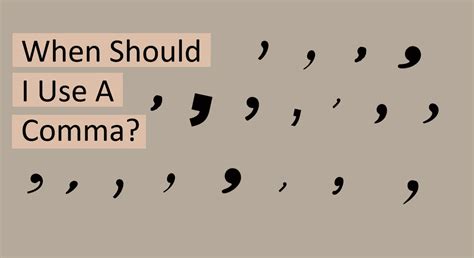
+
The easiest way often depends on the context. For simple documents, using the find and replace feature in a text editor is quick and effective. For more complex tasks or data analysis, programming languages and their string manipulation functions are very powerful.
Can I remove commas from an entire spreadsheet at once?

+
Yes, you can use formulas like SUBSTITUTE in combination with copying the formula down to other cells or using it in a macro to apply it to an entire column or spreadsheet.
How do I remove commas from a string in Python?
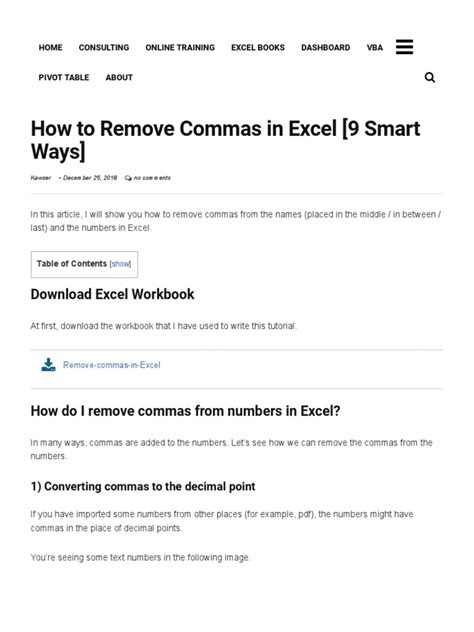
+
You can use the replace method of the string class, like this: my_string.replace(“,”, “”). This will return a copy of the string where all occurrences of commas have been replaced with nothing, effectively removing them.

